SANGLI
Cultural Sites
Last updated on 22 July 2025. Help us improve the information on this page by clicking on suggest edits or writing to us.
Bahubali Hill Mandir
Bahubali Hill Mandir is located on Kumbhojgiri Hill, around 27 km west of Sangli city. The site is named after Bahubali, a figure in Jain tradition who is believed to have meditated here approximately 300 years ago. At the base of the hill stands a 28-foot monolithic marble statue of Bahubali. The Mandir complex at the summit includes shrines dedicated to all 24 Tirthankaras, making it a prominent Jain tirtha yatra site.
![The 28 ft. monolithic marble statue of Bahubali at the base of Kumbhojgiri Hill, Sangli.[1]](/media/culture/images/maharashtra/sangli/cultural-sites/the-28-ft-monolithic-marble-statue-of-b_9TJJXWo.jpg)
In Jain texts, Bahubali is described as the son of Rishabhanatha, the first Tirthankara, and the brother of Bharata, a chakravartin. The site also receives visits from Hindu devotees and others who are drawn by its religious and geographical setting.
Dattatraya Audumbar Mandir
The Dattatraya Audumbar Mandir is located on the banks of the Krishna River in the village of Bhilawadi, approximately 30 km north of Sangli city. The site is dedicated to Bhagwaan Dattatraya, who is revered in Hindu tradition as the unified form of Brahma, Vishnu, and Shiv. It holds deep religious importance and is a major tirtha yatra destination in the region.
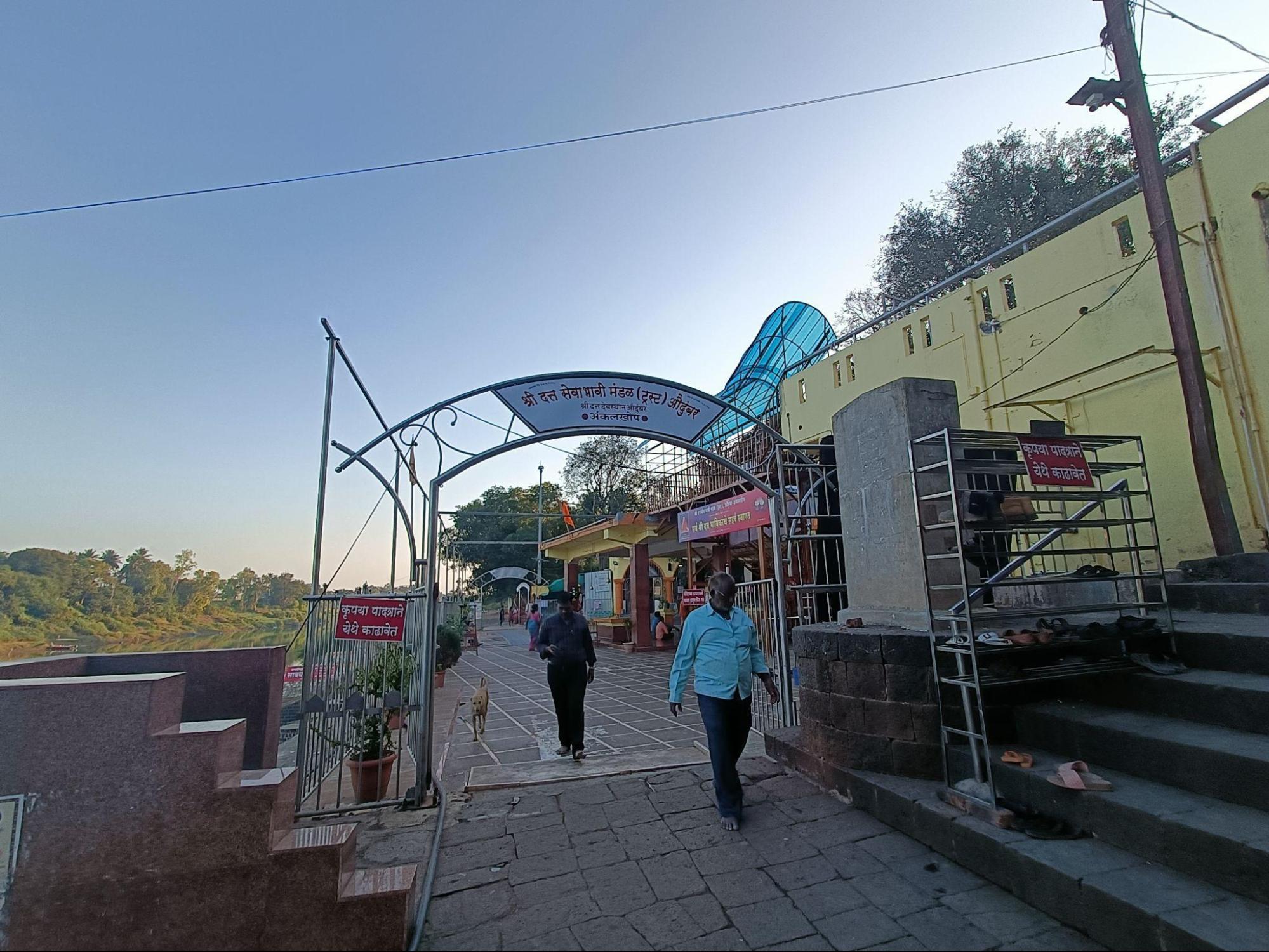
The Mandir’s significance is closely tied to Shri Narsimha Saraswati, who is worshipped as another form of Bhagwaan Dattatraya. His presence at Audumbar is central to a widely shared local tradition.
The story tells of a young Brahmin boy who struggled to memorise and recite sacred verses. Humiliated by his peers and burdened by his father’s disappointment, he set out in search of divine help. He crossed the Krishna River and sat in prayer at a small Mandir dedicated to Bhuvaneshwari Devi on the opposite bank. For three days, he fasted and prayed without food or water.
Moved by his devotion, the Devi is believed to have appeared before him. She directed him to Shri Narsimha Saraswati, who was meditating beneath an Audumbar tree on the western bank of the river. When the boy approached and bowed, the swami is said to have gently touched his head. In that moment, the boy is believed to have been blessed with deep knowledge and clarity.

As the days passed, more people gathered under the Audumbar tree, drawn by the swami’s presence and the stories of his blessings. But with the end of Chaturmas Anushtan (four months of spiritual retreat) approaching, Shri Narsimha Saraswati was prepared to resume his journey.
However, moved by their devotion, he agreed to stay in spirit and left behind his padukas (sacred footprints) beneath the Audumbar tree. These padukas remain enshrined at the site and are considered the heart of the Mandir to this day.
Over the following centuries, the site grew in prominence as a place of worship and spiritual refuge. Sants such as Eknath Maharaj, Janardan Swami, and Brahmanand Swami are known to have visited Audumbar. Brahmanand Swami, who arrived from Girnar, later established a math (monastic institution) at the site in 1826 and eventually took samadhi there.
A ghat was later constructed along the Krishna River, in front of the Mandir, by disciples of Sahajanand Maharaj, a follower of Brahmanand Swami. Built under his guidance, the ghat continues to serve as a sacred space that people visit before entering the Mandir.

Girilingeshwar Mandir
Girilingeshwar Mandir, located atop a wide lateritic plateau between the Miraj and Kavathe Mahankal talukas of Sangli district, is dedicated to Bhagwaan Shiv. The Mandir is built directly into the hill, carved from the very rock it stands on. Its Shivling is regarded as swayambhu and held in high reverence.
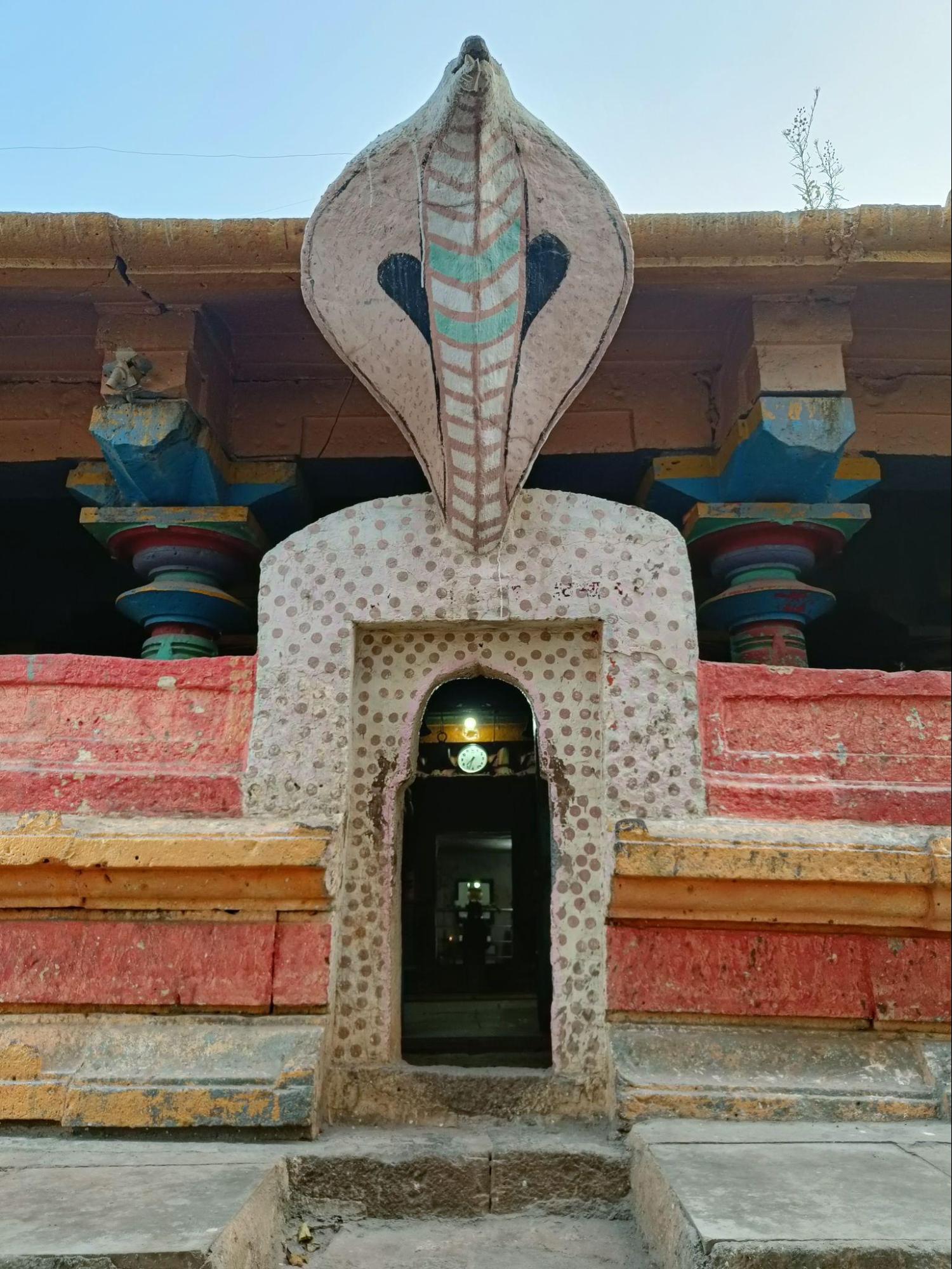
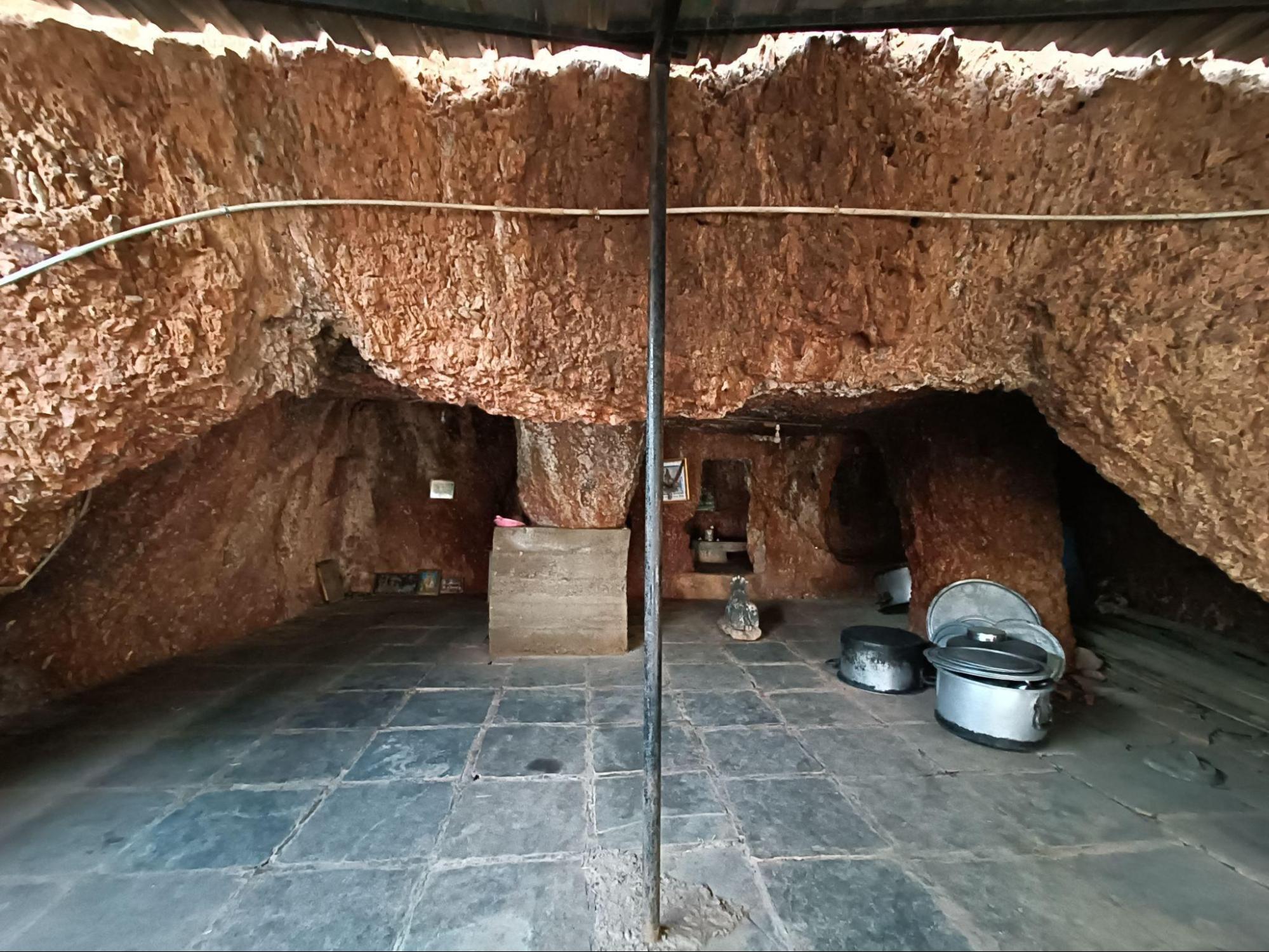
One cave, in particular, holds much spiritual significance. Notably, Rishi Valmiki, who is regarded as the author of the epic Ramayan, is said to have entered a jivanta samadhi (a meditative withdrawal from worldly life) within one of these caves. Yatris often visit the site on Mondays, a day traditionally associated with Shiv, and make the steep climb to seek blessings.
Archaeological Significance
Alongside its religious relevance, the area surrounding Girilingeshwar Mandir holds considerable archaeological interest. In 2016, researchers from the Miraj Itihas Sanshodhak Mandal uncovered a group of man-made caves near the Girling Hills, dating back to around the 1st Century CE.
Notably, these caves are linked to the Hinayana Buddhist tradition and point to a significant early Buddhist presence in the region. Notably, the caves are located across three villages in Sangli, namely Kukatoli, Belanki, and Kadamwadi, and their distribution has led scholars to suggest a connected network of sites. Some also propose that their placement aligns with a former trade or pilgrimage route during the Satavahana period, supporting movement across the Deccan.
Irwin Bridge
Irwin Bridge is one of the oldest and largest bridges in Sangli, spanning the Krishna River. It was constructed in 1929 during British rule and remains a notable example of colonial-era infrastructure in the region. The bridge includes two ladders on either side that lead to an inspection platform beneath the structure, reflecting the engineering practices of its time.
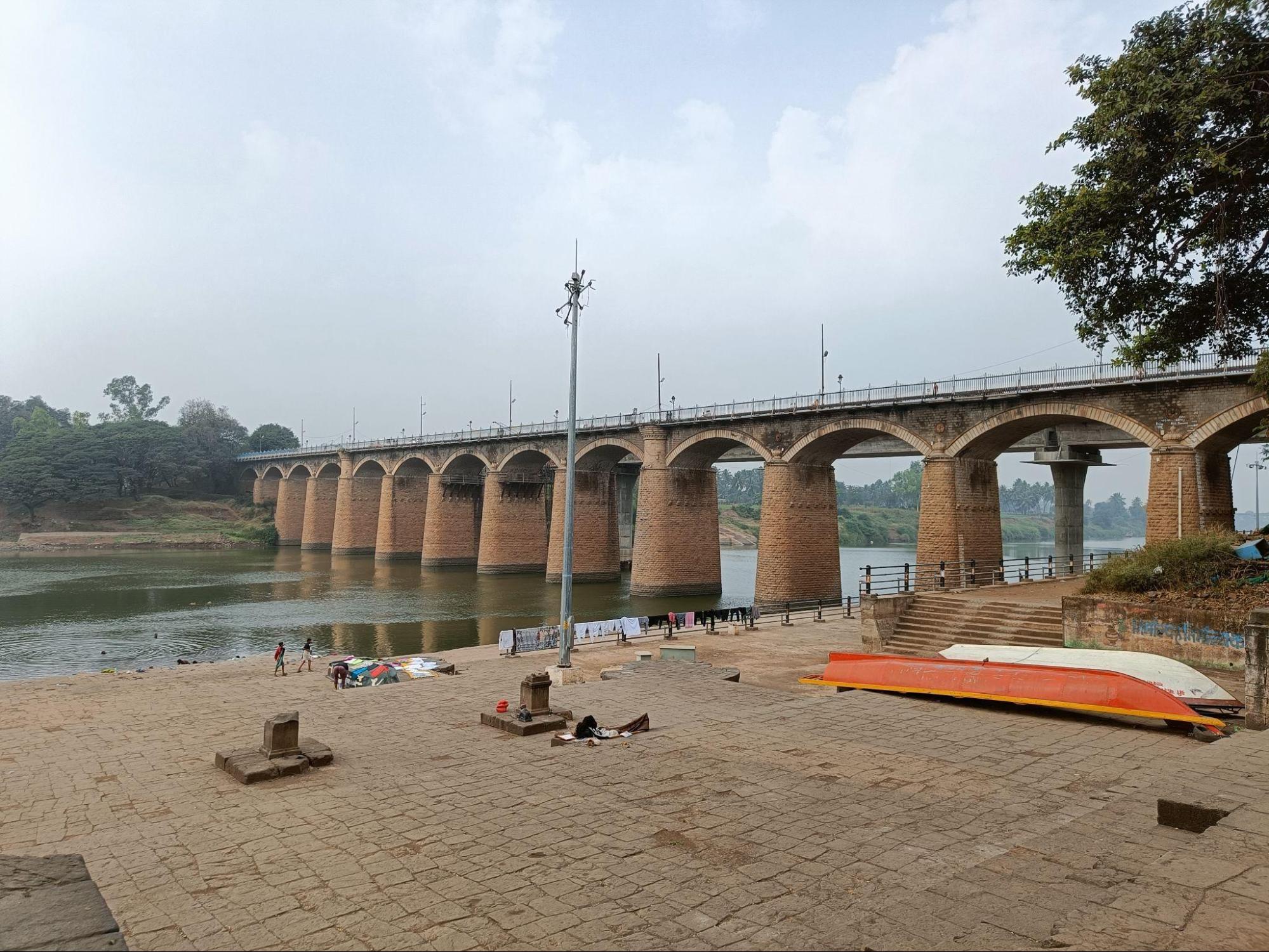
A local anecdote connects the site to the freedom movement. Vasantdada Patil, who later became Chief Minister of Maharashtra, is said to have evaded British troops by jumping into the river from the bridge during the colonial period.
Beneath the bridge lies the Sarkari Ghat, a public space often used for religious and community gatherings. Along the riverbank are several mandirs, including Shri Krishnamai Mandir, Jijicha Hanuman Shani Mandir, and Rameshwaram Mandir, all of which hold cultural and spiritual importance for the local community.
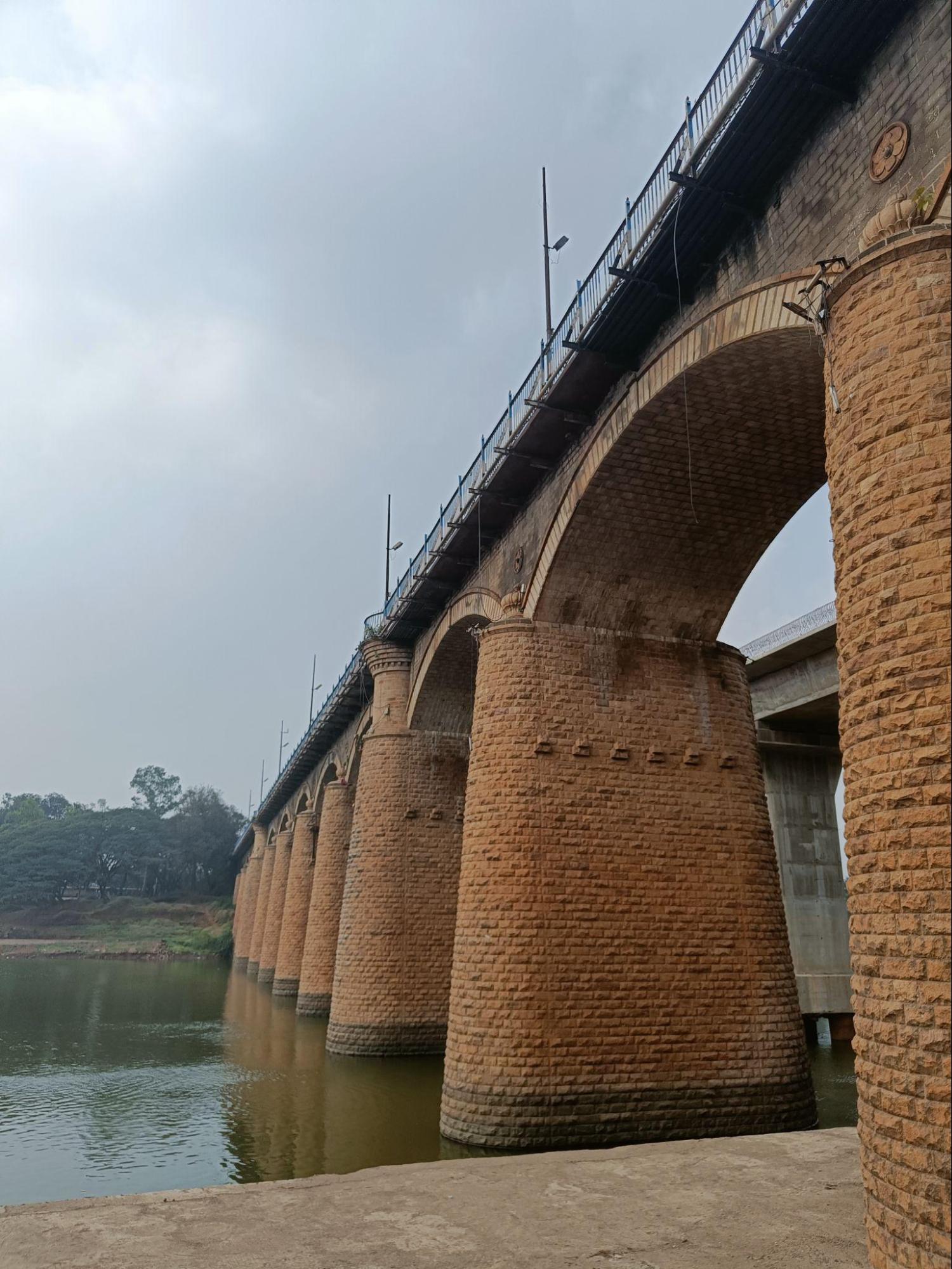

Despite enduring multiple floods and decades of heavy use, the bridge has remained structurally sound. However, due to safety concerns, it is now closed to heavy vehicles such as buses and trucks. A new concrete bridge is currently under construction alongside the original to accommodate modern transportation needs.
Today, Irwin Bridge remains in use for pedestrians and light vehicles. While its function has shifted over time, it continues to be part of the city’s everyday landscape, positioned alongside the new infrastructure being developed nearby.
Kundal
Kundal, a village in Sangli district, is recognised for its historical association with Jainism. Literary references and archaeological remains suggest that the region once served as a prominent Jain tirtha yatra site during the reign of the Chalukyas of Badami (6th–8th centuries CE).
The area houses ancient rock-cut caves that include a Mandir dedicated to Virbhadreshvara, a Yaksha (guardian spirit) associated with Rishabhanatha, the first Tirthankara of Jainism. These remains are significant markers of the region’s religious history and its links to early Jain worship.
A major landmark in Kundal is the Samav Sharan (divine assembly where a Tirthankara imparts wisdom after attaining Kevala Jnana (absolute knowledge or omniscience)), an open expanse located atop a hill. According to Jain tradition, this site is believed to be the location where Bhagwaan Mahavira, the 24th and final Tirthankara, delivered sermons to his followers. This association makes Kundal a place of continuing importance for the Jain community.
Meerasaheb Dargah
Meerasaheb Dargah is located in Miraj, Sangli district. The main qabr (tomb) is believed to be over 600 years old, though the outer structure of the shrine appears to have been constructed more recently. The dargah is associated with two Islamic saints, Hazrat Sayyad Khwaja Mohammad Mira Huseni Chisti and his son, Hazrat Sayyad Khwaja Shamsuddin Hussaini Chisti Ganjbaksh, also known as Shahid-e-Akbar. Notably, it is said that on the command of Allah, they migrated to India from Mecca (Saudi Arabia).
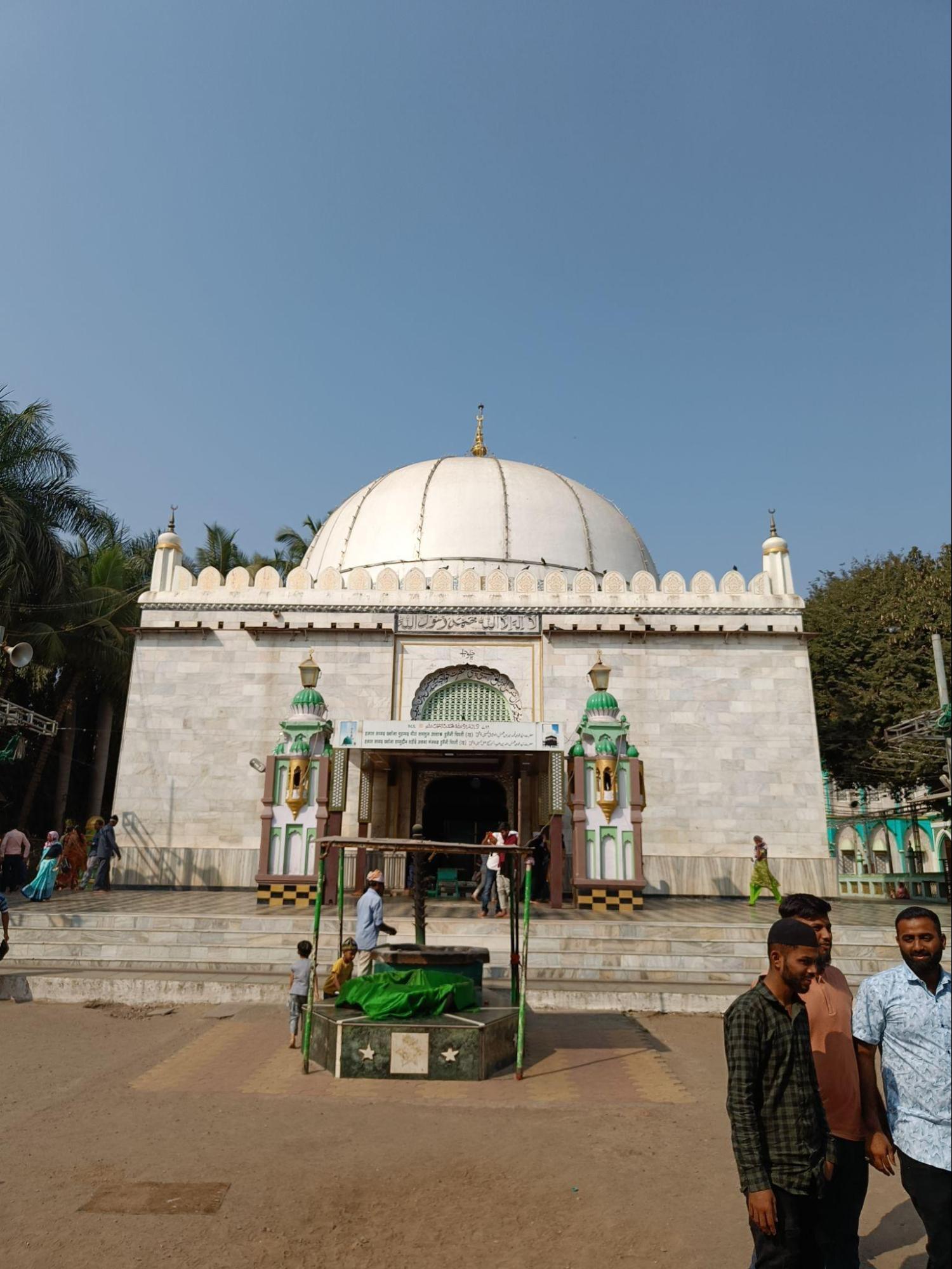
The dargah has a longstanding association with the chambar community (traditional cobblers). A local account describes a cobbler who made sandals for the saints during their travels, and as a result, the first maan (honour) at the shrine is traditionally offered to members of this community.
The site is open to people of all religious and social backgrounds and is regularly visited by people from across the region.
Revansiddha Mandir
Revansiddha Mandir, located a short distance from the village of Renavi in Sangli district, is a 16th-century Mandir dedicated to Shri Revansiddha (also known as Renukacharya), who is revered as the first Panchacharya and a form of Bhagwaan Shiv. Constructed with large black stones, the Mandir remains well-preserved and visually striking. The main Mandir houses a Swayambhu murti of Revansiddha, surrounded by several smaller mandirs within the complex.
![Entrance to the Revansiddha Mandir, in Renavi, Sangli district.[2]](/media/culture/images/maharashtra/sangli/cultural-sites/entrance-to-the-revansiddha-mandir-in-r_9YgcmxI.png)
The Mandir holds special significance for the Lingayat community, as it marks the site where Shri Revansiddhanath gave diksha to Sri Siddheshwar Maharaj at Gurubhet in Solapur. The surrounding Revan mountain, once believed to be made of five metals, is considered sacred. It yields white crystals used as bhasma, as well as multicoloured soils. Though traditionally believed to house 84 holy sites, only six now remain, including a gomukh, two haranyak, and three flower gardens, adding to the region’s spiritual importance.
Sangameshwar Mandir
The Sangameshwar Mandir is situated in Haripur, a small village that is five km to the south-west of Sangli city. The Mandir, notably, sits near the meeting point (lit. sangam in Marathi) of two rivers, namely the Krishna and Warana. It is said that its name, ‘Sangameshwar’, is derived from this geographical feature.
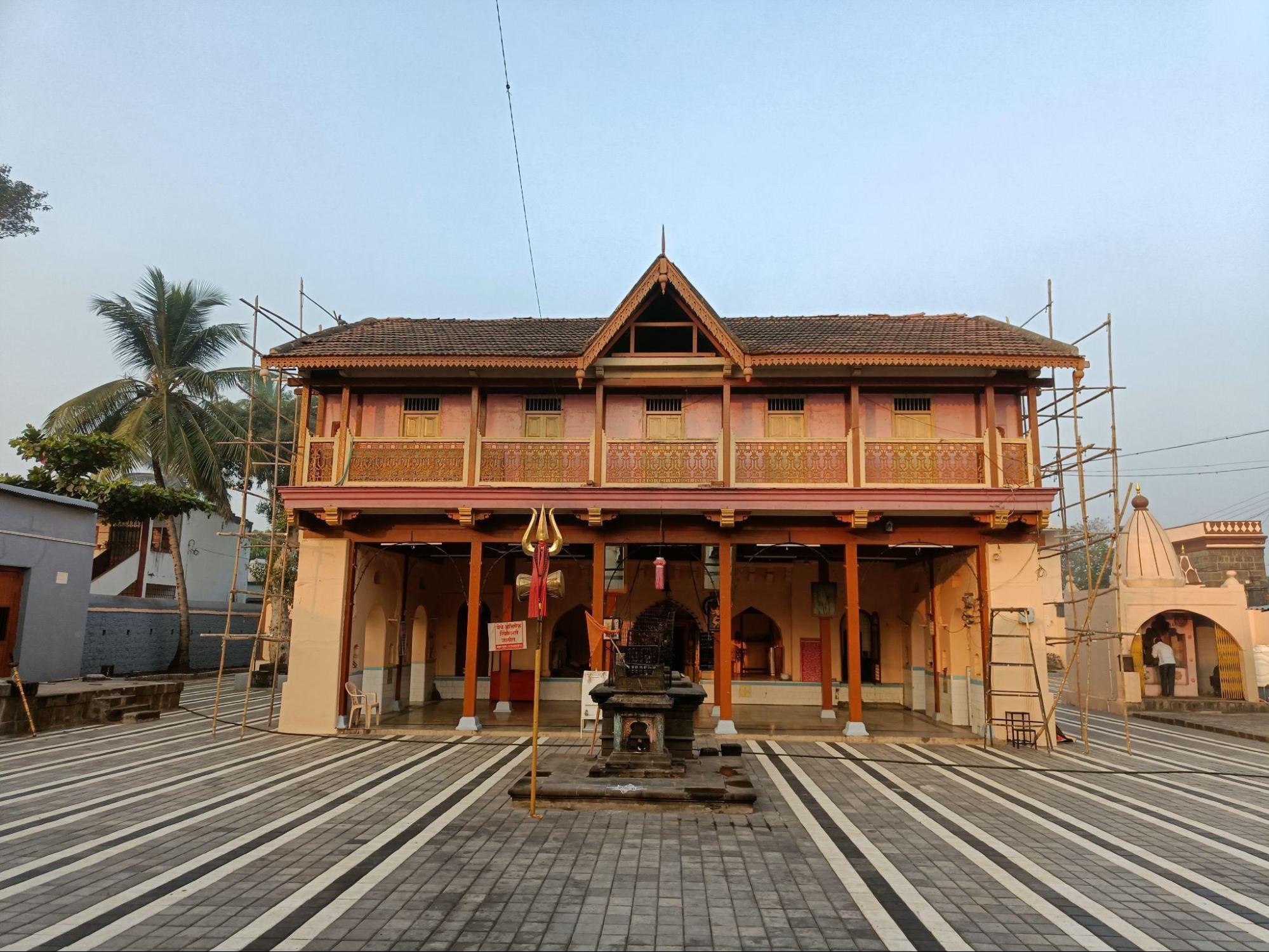
The Mandir is considered to be a ‘jagrut devasthan’ (a Mandir where the devta or devi is said to still reside), and there is a very distinctive reason why many believe it to be so. It is said that sand and water naturally emerge from the ground around the base of the Shivling, which lies in the Mandir. Remarkably, as part of their daily ritual, the pujaris of the Mandir remove the accumulated sand and water before performing the morning aarti (ceremonial worship).
Additionally, the Shivling holds special reverence among locals due to a long-standing belief that Bhagwaan Ram, during his time, installed the murti and established the Mandir. It is said that the fingerprints of Bhagwaan Ram can be seen on the Shivling, as he is believed to have shaped it with his own hands.
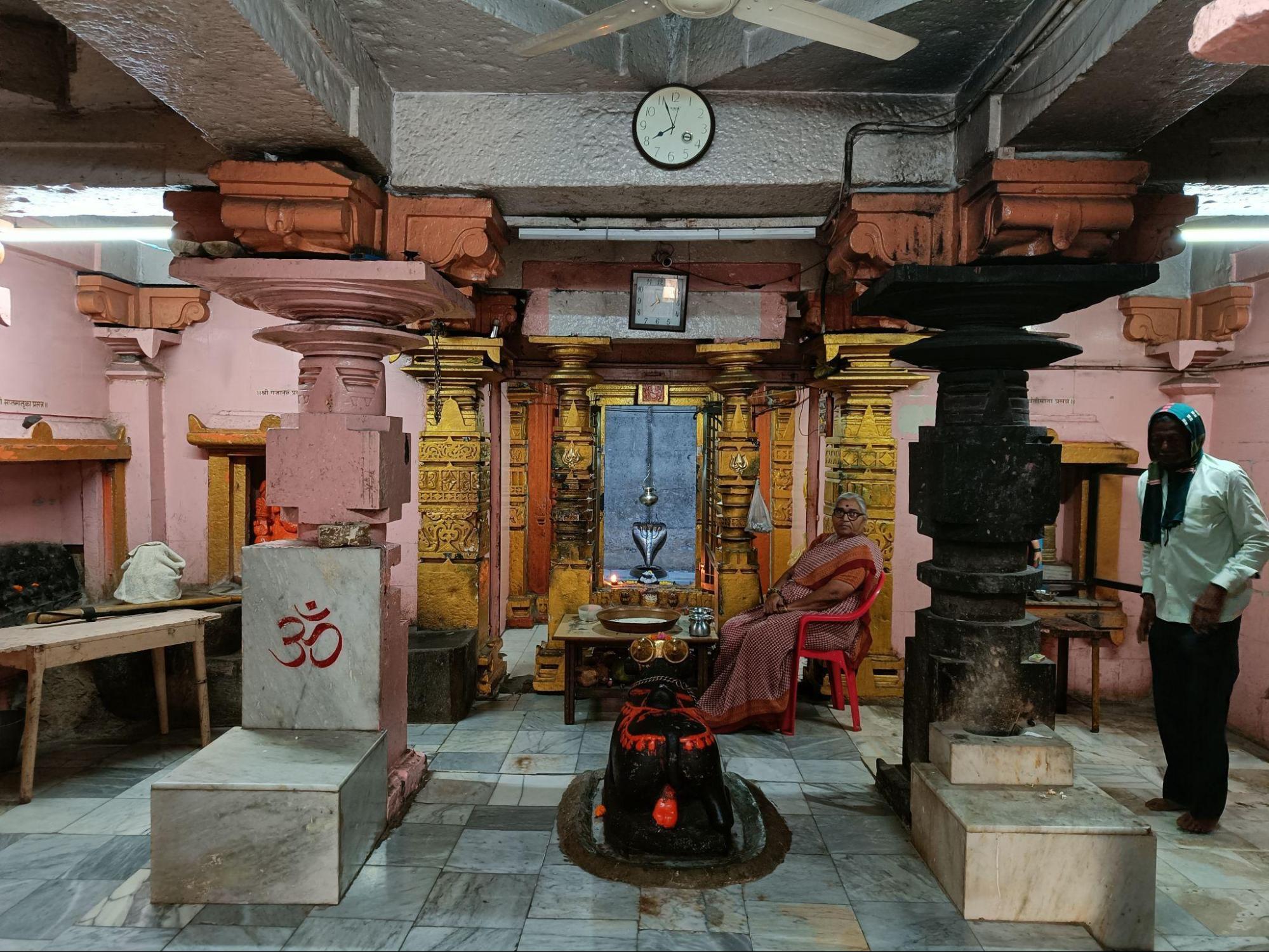
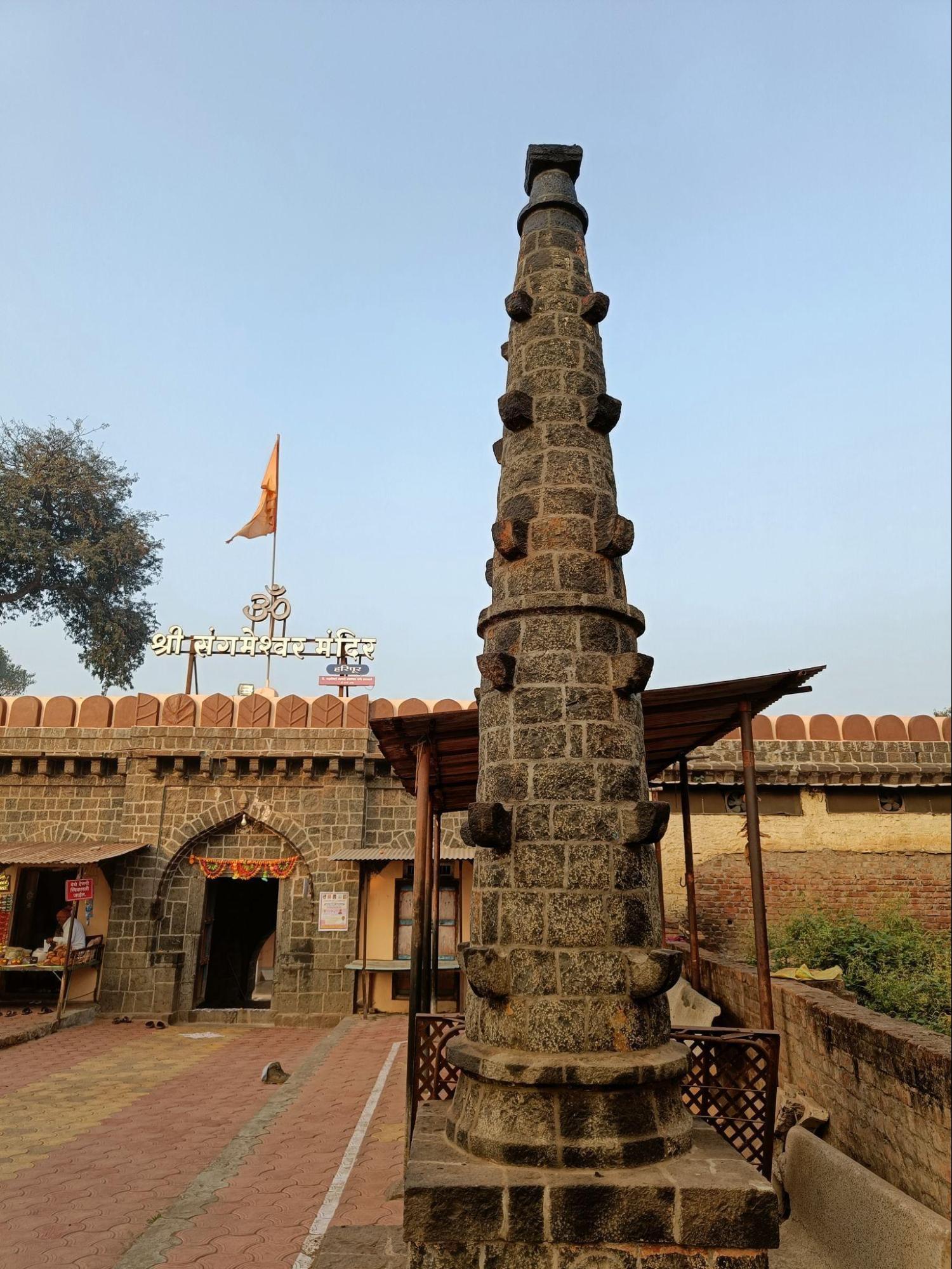
Sangli Fort
Sangli Fort, also known as Ganeshdurg, is located in the centre of Sangli city and spans an area of approximately 15 acres. The fort was constructed in the early 19th century by Shrimant Chintaman Rao Patwardhan, also known as Appasaheb Patwardhan I, following the formation of the Sangli State. It is estimated to be around 150 years old.
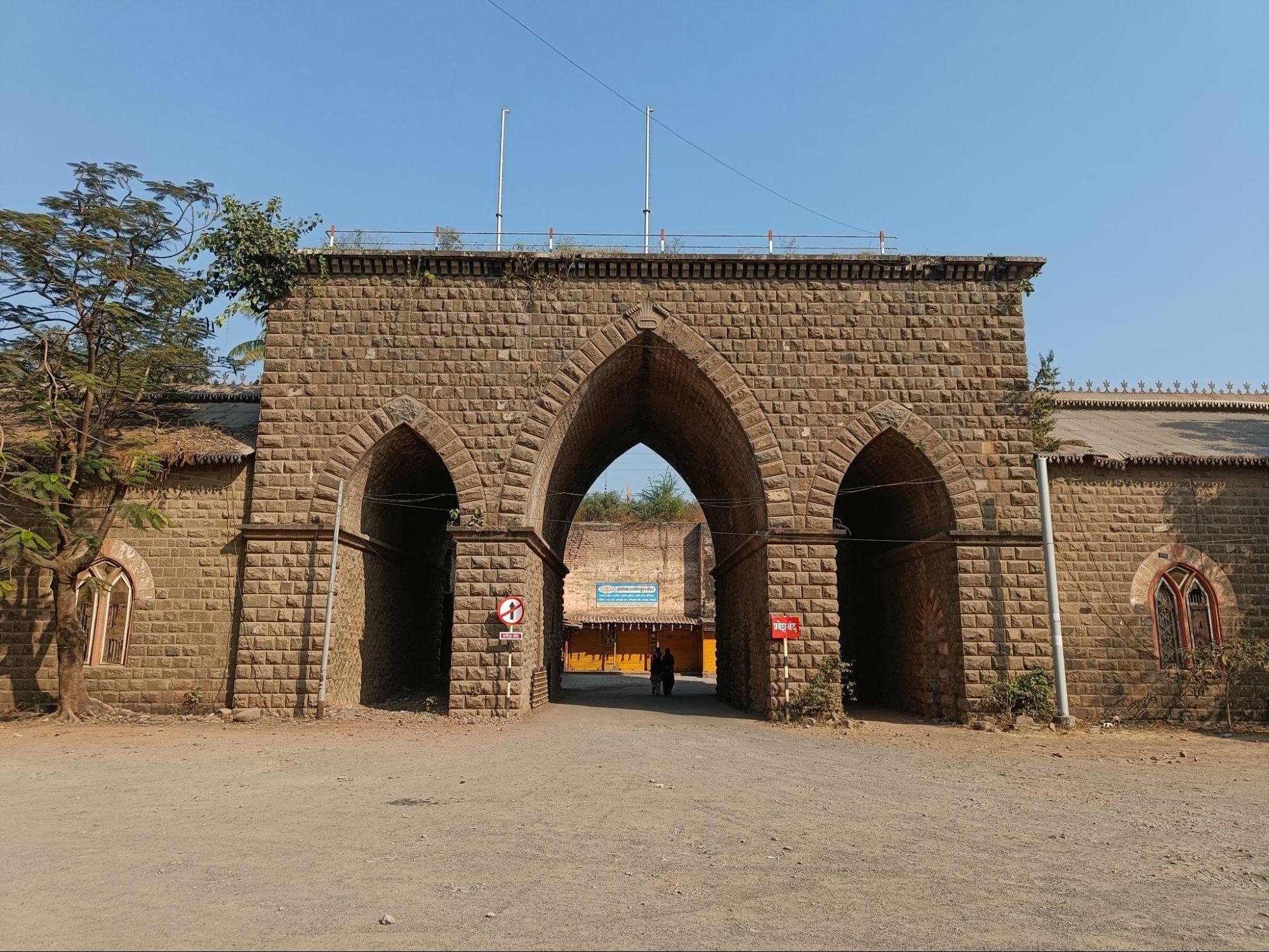
The fort is closely tied to the establishment of Sangli as the capital of the Patwardhan princely state. The story of this shift in power is documented in Sangli State (1917) by Rao Bahadur Dattatray Balwant Parasnis, who writes, “Disgusted with the quarrelsome disposition of his uncle Gangadharrao, Chintamanrao left his own palace at Miraj and moved to a rural place, called the 'Ganpati Mala.’”
At the time, Sangli was a small village on the banks of the Krishna River. While Gangadharrao retained control over Miraj Fort and parts of their jahagir (land grant), Chintaman Rao gradually developed Ganpati Mala into a new administrative centre. Over time, it became the capital of the newly formed Sangli State.
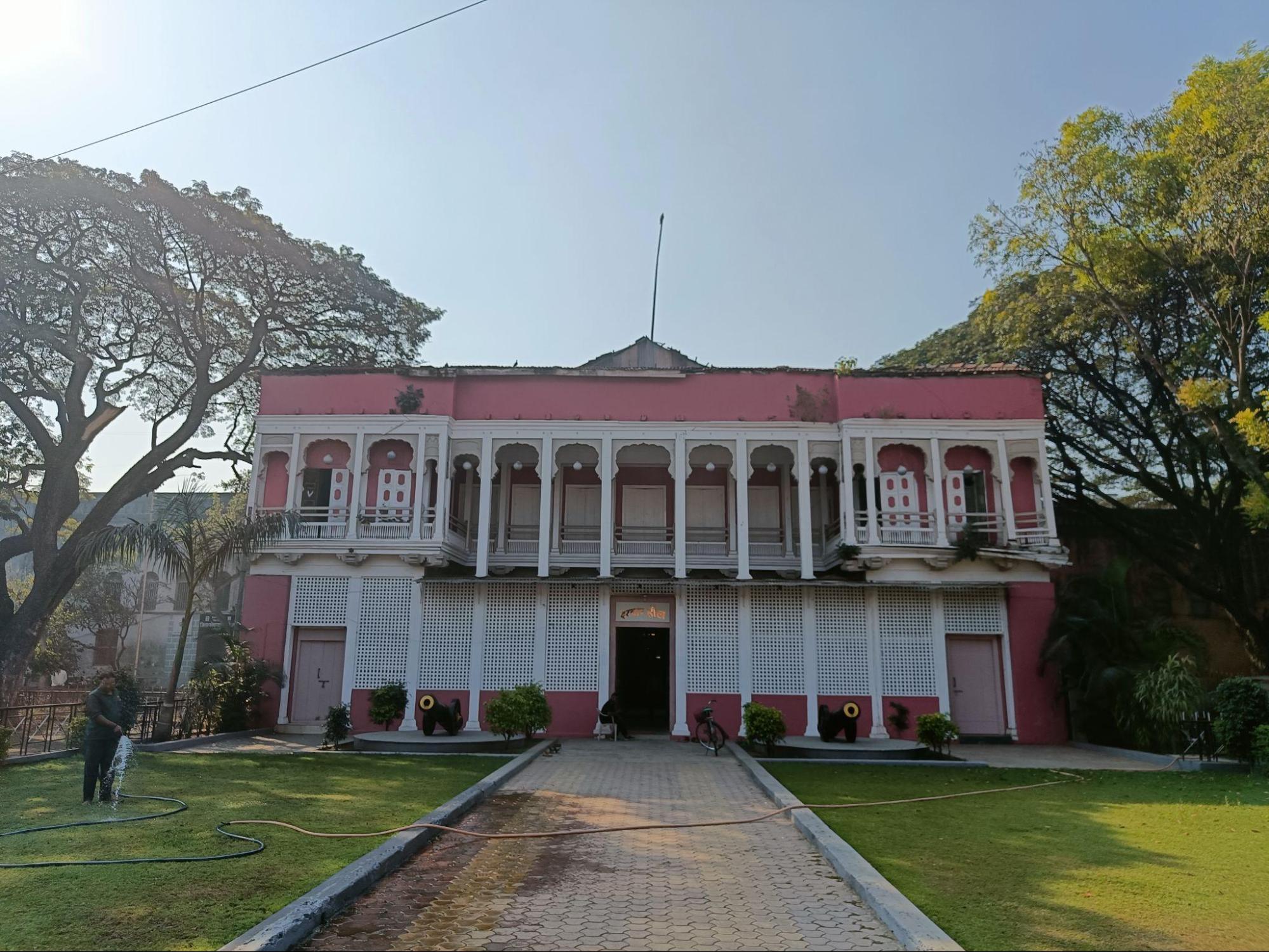
Today, the fort houses several public institutions, including a post office, civil courts, and Purohit Girls’ High School, which was originally established during the Peshwa period. A small museum is also located within the premises.
At the entrance stands the Darbar Hall, historically used for official meetings and state proceedings during the Patwardhan rule. The hall remains one of the key surviving features of the fort and reflects its role in the governance of the region.
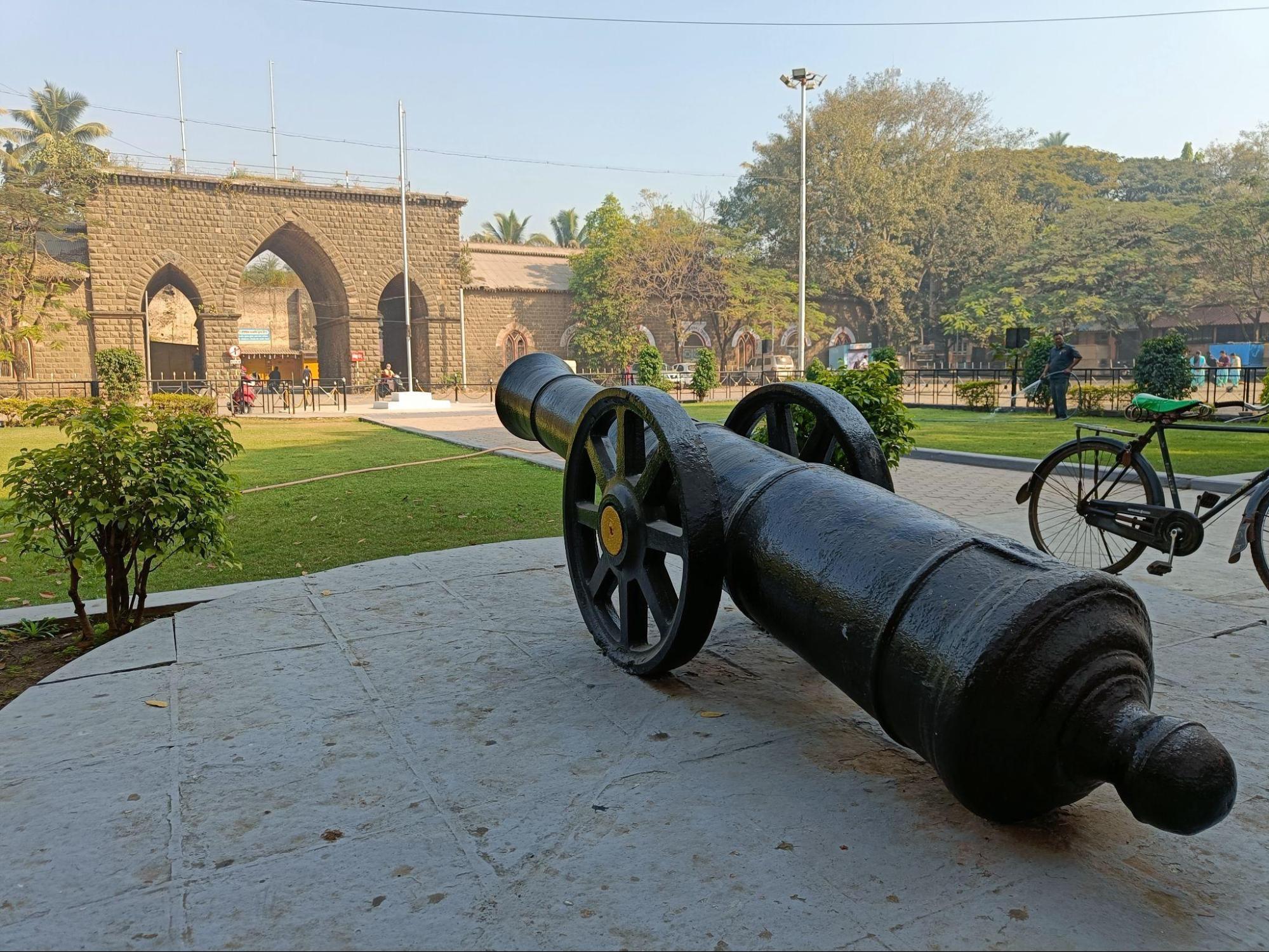
Shri Ganesh Mandir
The Shri Ganesh Mandir is a historic religious site which lies at the centre of Sangli city. Often referred to as the ‘soul of Sangli’, the Mandir is deeply revered by locals, many of whom attribute the city’s prosperity to the blessings of Bhagwaan Ganesh. Locally, it is known as the Swayambhu Ganesh Mandir.
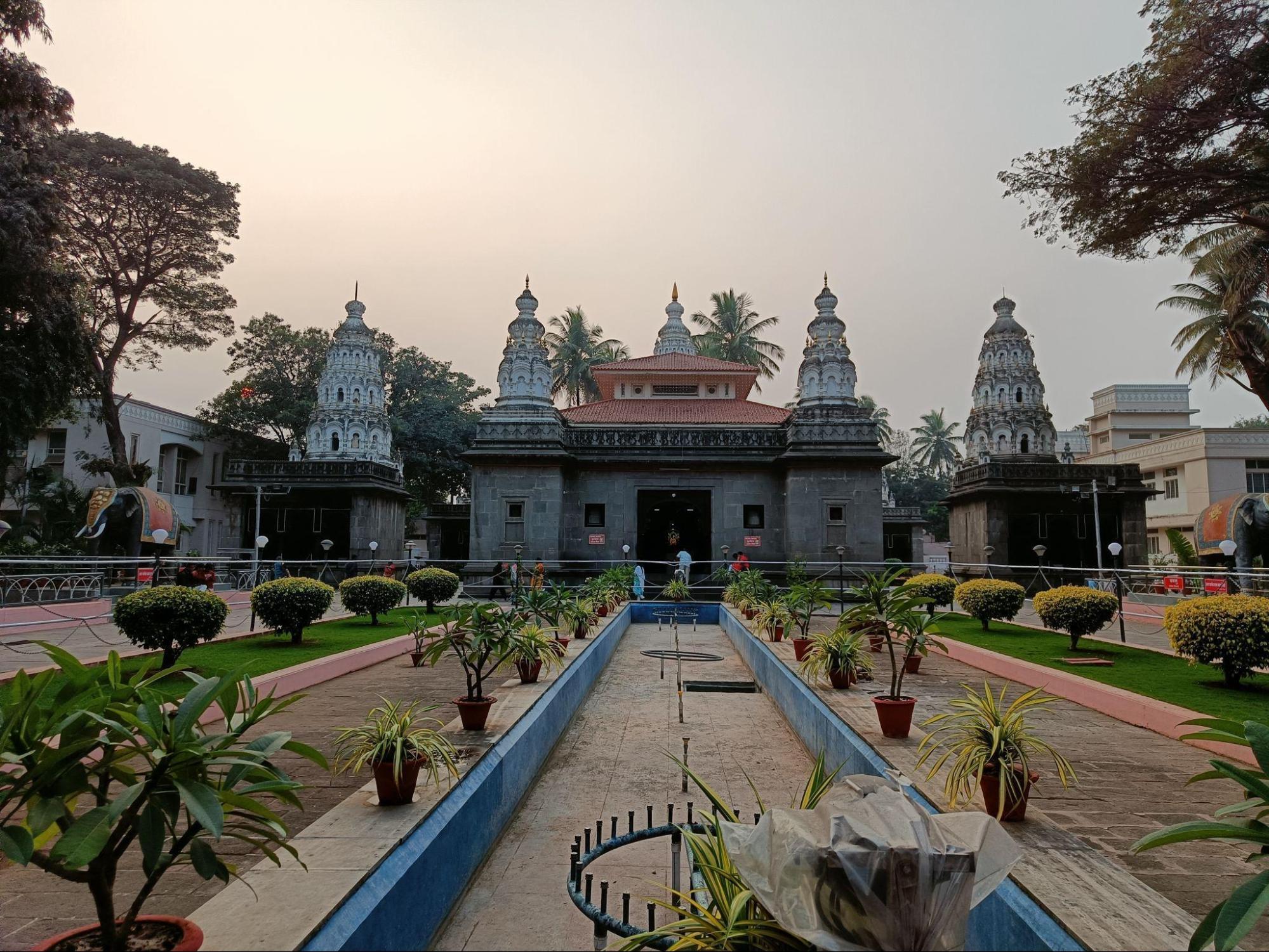
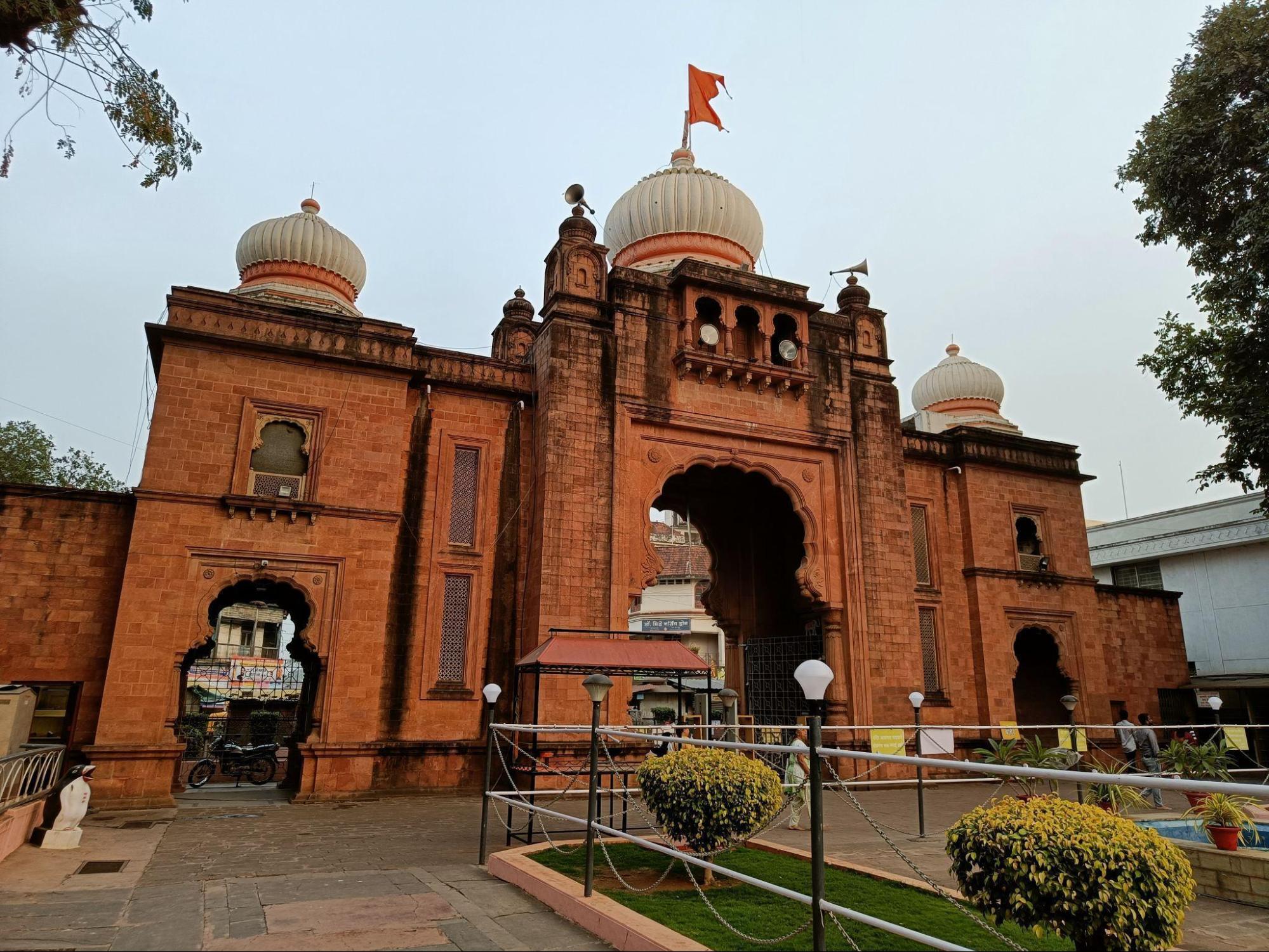
The Mandir complex features five mandirs, which are dedicated to Ganpati, Mahadev, Surya Narayan, Laxmi Narayan, among others, all of which are managed and maintained by the Shri Ganpati Panchayatan Sansthan.
The Shri Ganpati Panchayat Sansthan has a very interesting story. Its origins, to a great extent, showcase the importance the Mandir has held through its history. Notably, the trust was established by Chintaman Rao I Patwardhan (1775/1776-1851), who was known as the ‘first chief of Sangli. Shri Ganesh was the kul-devta (family deity) of the royal family of Sangli.
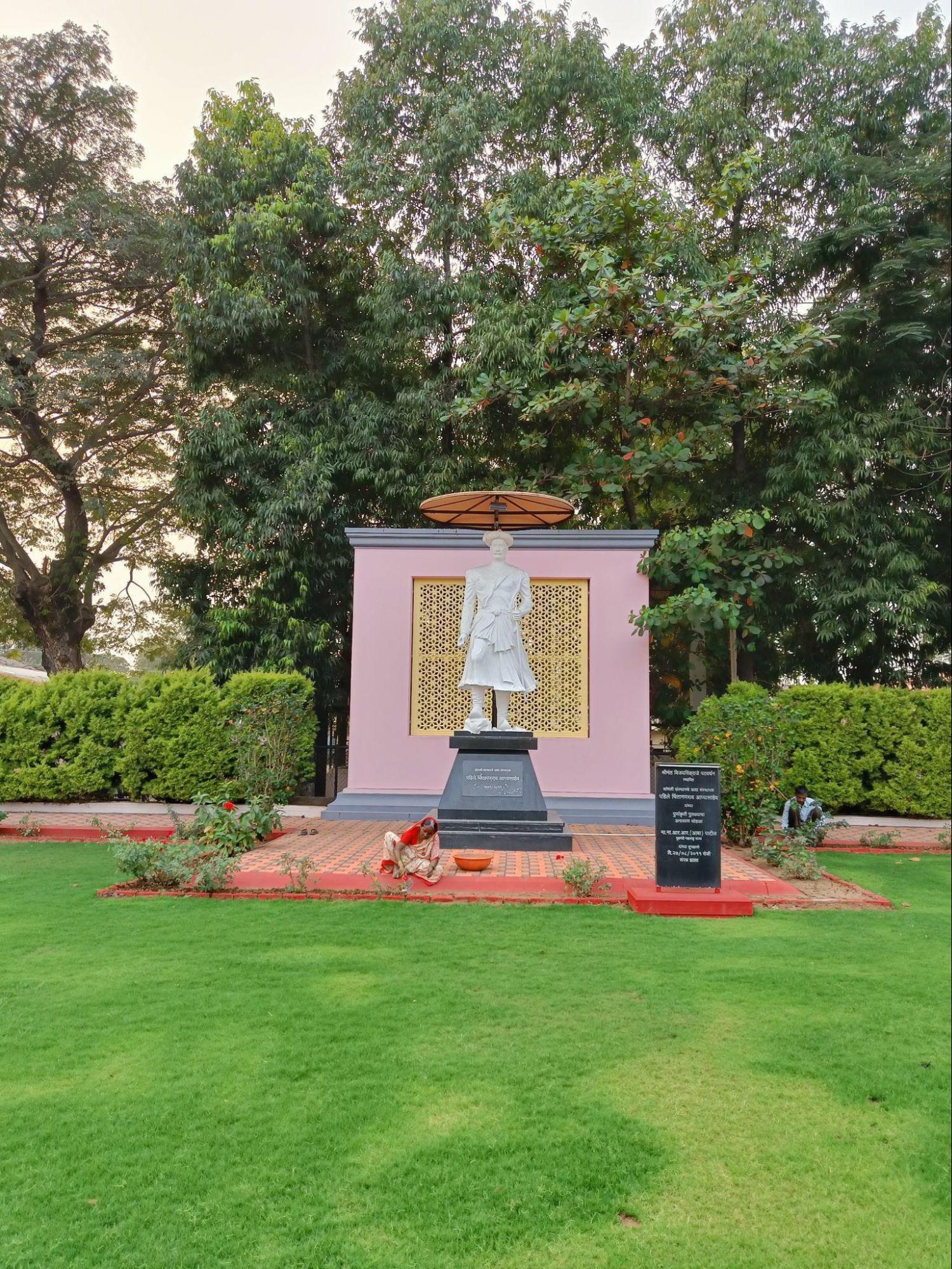
Fascinatingly, to this day, the descendants of the royal family actively participate in the Mandir’s festivities, especially the Ganpati Visarjan Miravnuk event. The Ganpati Utsav, which is organised here, is said to be among the oldest in perhaps the entire country. It is believed that the celebration of the Ganesh Utsav (festival) here began 60 years before Lokmanya Tilak popularised the tradition.
Tasgaon Ganpati Mandir
Tasgaon Ganpati Mandir, also known as Parashuram Bhau Patwardhan Ganpati Mandir, is a historic religious site located in Tasgaon, Sangli. It was built under the patronage of Parashurambhau Patwardhan, a prominent Maratha commander under whom Tasgaon flourished in the late 18th century. The Mandir stands near the Patwardhan Rajwada (palace), illuminating its historical importance to the family and the town.
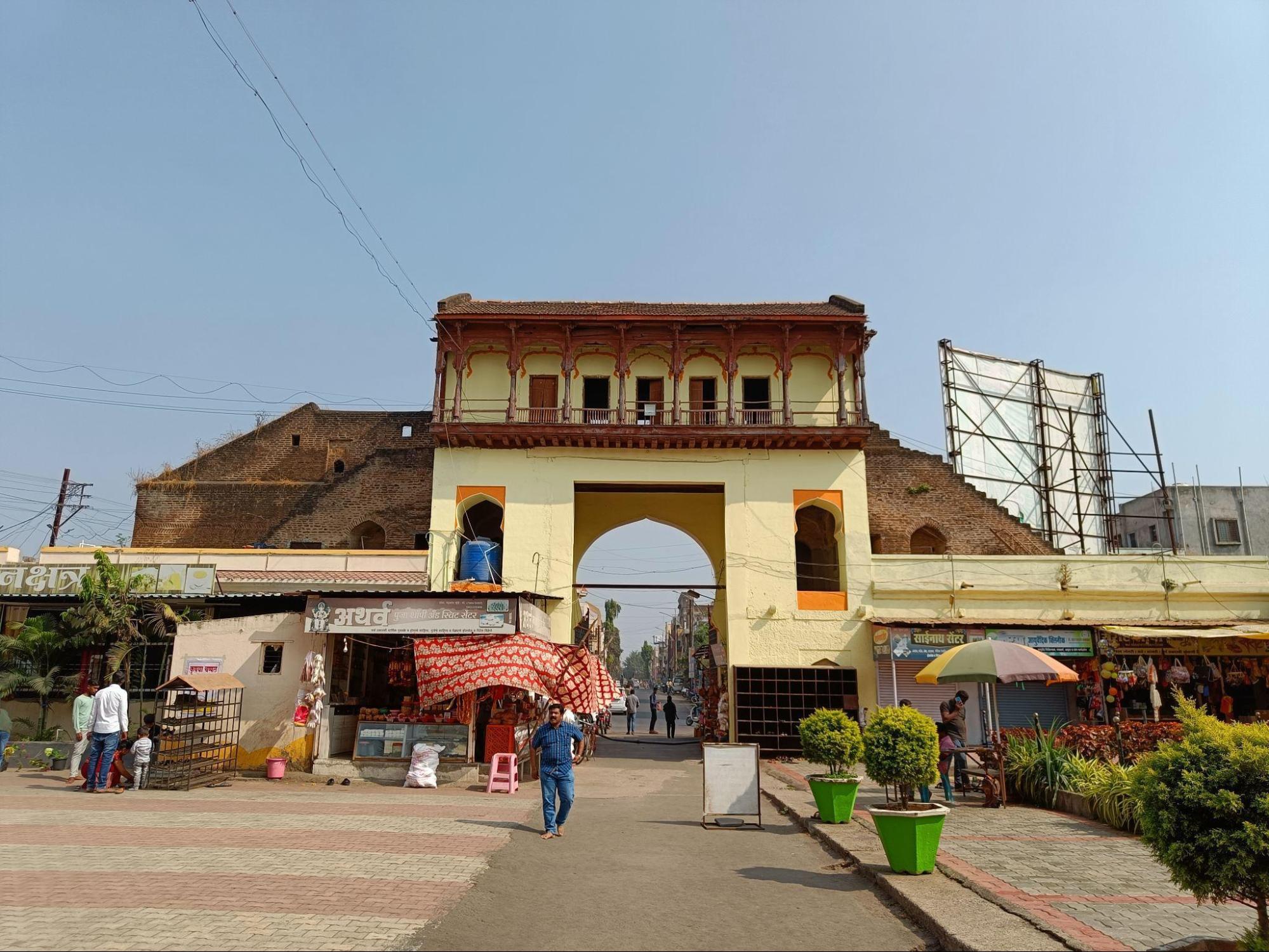
The Ganpati of this Mandir is regarded by bhakts as a ‘Jagrut Devta’ and as the one who actively blesses its followers with prosperity, wisdom, and protection. An unusual characteristic of the Ganpati murti here is that its trunk curves to the right rather than the more common left-side orientation, which is often interpreted as a symbol of its power.
Another aspect that sets the Mandir apart is its architecture. Its design brings together elements typical of mandirs in Maharashtra, Rajasthan, and the southern states. This blend likely came through the work of sculptor Gavandi Mahadev Shetty from Karnataka, who led the construction along with artisans from the Vadar community.
A striking feature of the Mandir is its seven-storeyed gopuram (spire), which gradually narrows as it rises. It is covered in intricate carvings of devis, devtas, and epic figures, and was built using stone brought from Gadag in Karnataka. The Sangli district Gazetteer (1969) describes it as “unrivalled in beauty and magnificence in this part of the country,” and compares it to the well-known gopuram at Gadag, Karnataka.


Inside, the garbhagriha is adorned with Rajasthani-style paintings on the ceilings and walls. Portraits of the Patwardhan family are also displayed, reflecting the Mandir’s long-standing connection to the town’s royal lineage. Every year, the Mandir hosts the Rathotsav (a traditional chariot festival), which draws large crowds of visitors from across the region.
Sources
Abraxas. 2015. The Ganesh Festival of Sangli. Abraxas Lifestyle.https://abraxaslifestyle.com/living/events-p…
ANI News. 2024. Ancient Shiva temple, said to be established by Lord Rama, beckons devotees at Maharashtra’s Sangli. Youtube.https://www.youtube.com/watch?v=Fa4kNgZSYv8
Explore Maharashtra. Bahubali Hill Temples. Explore Maharashtra Blog.http://exploremaharashtra.blogspot.com/2011/…
Government of Maharashtra. Meerasaheb Darga, Miraj. Sangli District Website.https://sangli.nic.in/tourist-place/meerasah…
Maharashtra State Gazetteers. 1969. Sangli District. Directorate of Government Printing, Stationary & Publications, Government of Maharashtra, Mumbai.
Mayuri Phadnis. 2016. Six new ancient Buddhist caves found in Sangli. Pune Mirror.https://punemirror.com/pune/civic/six-new-an…
MTDC. Bahubali Hill Temple. Maharashtra Tourism Development Corporation (MTDC)..https://www.mtdc.co.in/uncategorized/bahubal…
Murli Dev. 2024. Shri Revansiddha Mandir Renavi, Sangli, Maharashtra. Adhyatm.https://myadhyatm.com/shri-revansiddha-mandi…
Viraj Shah. 2009. A study of temples of medieval Maharashtra (11th to 14th centuries CE). A socio-economic approach. Report submitted to Indian Council of Historical Research (ICHR), New Delhi, for Post-Doctoral Fellowship.
Last updated on 22 July 2025. Help us improve the information on this page by clicking on suggest edits or writing to us.